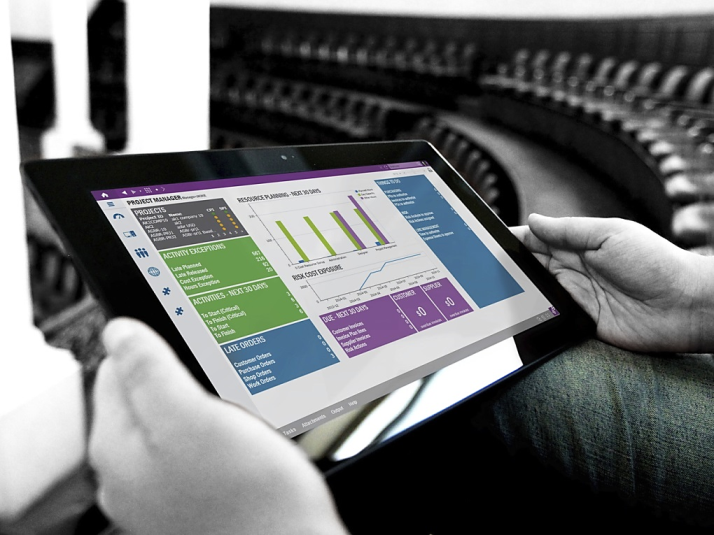I’m just back from the UK after two intensive days at the IFS UK user group conference in Birmingham. As usual it was nice to meet all the people in the IFS community, customers, partners and colleagues. I arrived at the second day of the conference and most presentations around our latest version, IFS Applications 9 had already happened the day before.
The customers I talked to were even more enthusiastic about IFS Applications 9 than I would have expected. This overwhelming response almost confused me a bit and made me think about what is different this time.
Why all this excitement? Isn’t Apps 9 just another slightly enhanced version of the IFS product?
I would say it’s not, for three major reasons.
1. With IFS Applications 9, we introduced layered architecture.
It means that code is organized in layers. In the middle you have IFS Applications 9 as shipped from R&D. In addition to this you may have regional or industry specific add-ons encapsulated in their own layers. On top of that is your own specific development in yet another layer.
The promise of layered architecture is quite exciting.
First, since the core layer is never changed for the individual customer it becomes very easy to deploy patches and stay up-to-date.
Second, layered architecture makes it easy to divide the responsibility and ownership of the source-code between, for example, IFS and your implementation partner, allowing for an efficient and transparent support process.
Third, since all specific add-ons are kept in separate layers, future upgrades will be much smoother. It is easy to realize the benefits of layered architecture also for non-techies like myself.
2. With IFS Applications 9, we work with agile methodologies in the product development process.
It means that we develop in short iterations (usually 2-4 weeks), compile, demo and get early feedback from our customer representatives.
The result is improved quality and solutions that are better lined up with current customer requirements. I don’t think our user community really cares about how we decide to organize our development projects, but the results speak for themselves – functionality that unleashes tangible process improvements in the areas where they matter the most.
3. With IFS Applications 9, we offer new options to configure the system.
We are now at a point where most requests that turn up during the implementation phase can be accommodated by configuration instead of specific development.
The result is two-fold:
- Using configurations, our customers can create a leaner work-flow for increased user satisfaction without necessarily adding risk and cost to the project.
- In addition, the number of modifications can be kept to a minimum for short time-to-value and lower cost.
Together with the confidence added by five successful early adopter implementations, and the new innovative user interface called IFS Lobby, it brings a strong and clear message around IFS Applications 9.

My trip to England ended with a meeting with five key customers in the process manufacturing industry.
We discussed the current business climate, challenges imposed by, for example, legislation and competition; and how the roadmap for IFS Applications should be aligned to make sure our users will be able to continue to turn business challenges into competitive advantage.
Working closely with key customers in a particular industry is instrumental in order to shape our product strategy and confirm our development roadmaps.
- If you would like to know more about IFS Applications 9 and what it can do for you, download the free brochure.
Priyesh
What is the major difference between IFS Apps 9 and Apps 8?
Vee Baker
This is a very old blog now – I suggest you look at our website and more recent blogs for information on our latest version – IFS Applications 10